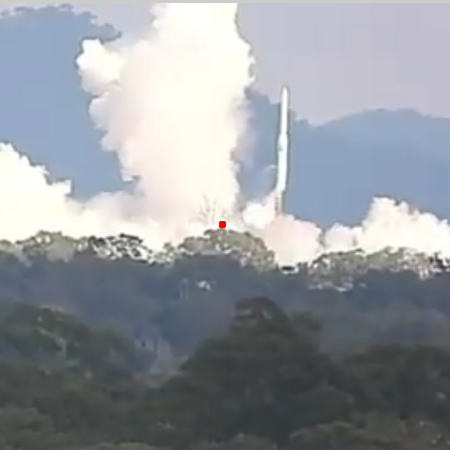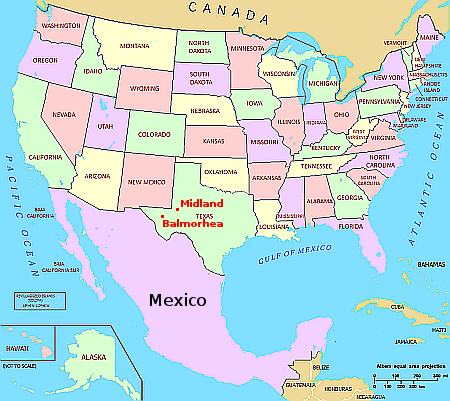NASA awards small orbital tug study contracts to six companies
NASA yesterday awarded six companies small study contracts in connection with orbital tug operations, with some to study using their rocket upper stage for this purpose while others to see how they can refine the use of their tugs.
The press release was not entirely clear on how much money was involved in each contract, though in each case the amounts are relatively small.
The firm-fixed-price awards comprise nine studies with a maximum total value of approximately $1.4 million. The awardees are:
Arrow Science and Technology LLC, Webster, Texas [tug study]
Blue Origin LLC, Merritt Island, Florida [both tug and upper stage studies]
Firefly Aerospace Inc., Cedar Park, Texas [tug study]
Impulse Space Inc., Redondo Beach, California [tug study]
Rocket Lab, Long Beach, California [both tug and upper stage studies]
United Launch Services LLC, Centennial, Colorado [upper stage study]
The studies are expected to be finished by September 2025, and will be used by NASA to determine how it will get some of its future spacecraft to their intended orbits.
NASA yesterday awarded six companies small study contracts in connection with orbital tug operations, with some to study using their rocket upper stage for this purpose while others to see how they can refine the use of their tugs.
The press release was not entirely clear on how much money was involved in each contract, though in each case the amounts are relatively small.
The firm-fixed-price awards comprise nine studies with a maximum total value of approximately $1.4 million. The awardees are:
Arrow Science and Technology LLC, Webster, Texas [tug study]
Blue Origin LLC, Merritt Island, Florida [both tug and upper stage studies]
Firefly Aerospace Inc., Cedar Park, Texas [tug study]
Impulse Space Inc., Redondo Beach, California [tug study]
Rocket Lab, Long Beach, California [both tug and upper stage studies]
United Launch Services LLC, Centennial, Colorado [upper stage study]
The studies are expected to be finished by September 2025, and will be used by NASA to determine how it will get some of its future spacecraft to their intended orbits.





